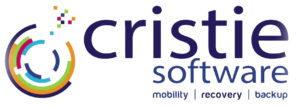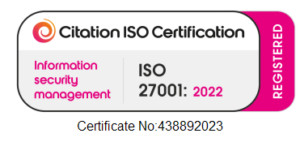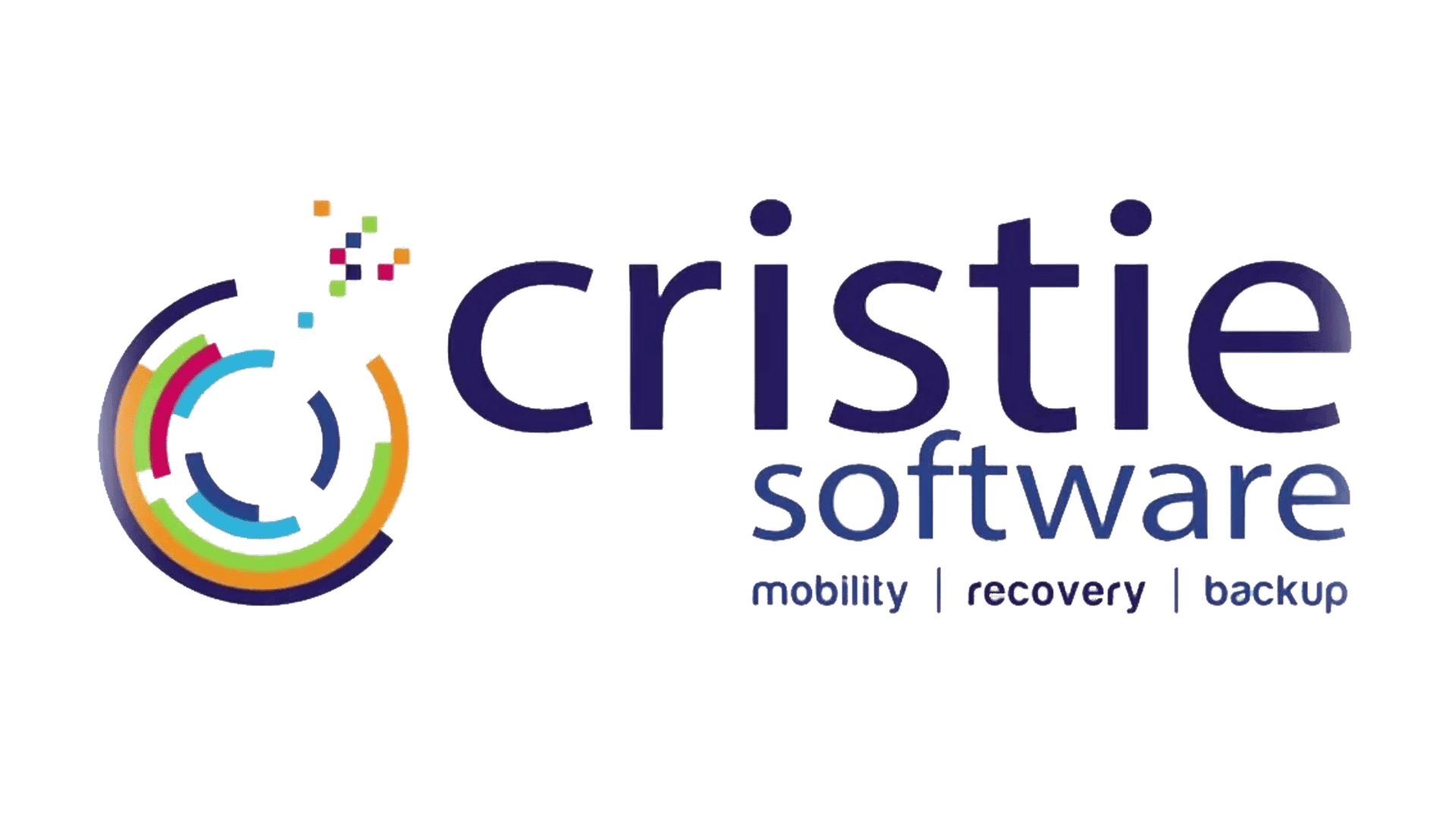
Do more with less. Ever increasing targets to meet. Increases in responsibilities. Growing IT estate and increasing protection demands. Sound familiar?
Many IT Managers and Administrators face these challenges. A lack of time and resources, and an ever increasing set of demands to prove backups are not only taking place, but that they are also recoverable. How can you fit these recoverability tests in? How can you be sure you can meet your Recovery Time Objectives (RTOs)? What spare kit do you have to recover to? Is it possible to have statistics that prove you can recover in time and, importantly, show that you will have a recovered environment you can actually use?
Many recent studies have revealed there is a worrying lack of regular testing of the viability of backups, and there are good reasons for that. Finding time to run tests without disrupting day-to-day usage seems an impossible task, which is why many organisations rely on a ‘fingers-crossed it will work’ strategy. Risky – but frighteningly common.
Well, as you’ve probably guessed, we have good news for you. If you’re using leading backup products in the Enterprise and Mid-Market space, including EMC Networker, EMC Avamar, or IBM Spectrum Protect (Tivoli Storage Manager), the latest release of our popular Recovery simulator product is designed to tackle this exact issue. You can minimize administrative overhead, automate your recovery simulations, and remove the common barriers to recovery assurance testing.
Here are the top 5 barriers to successful recovery assurance and how Recovery Simulator overcomes them:
1. Lack of time.
If a lack of time is your main issue, Recovery Simulator can help with its automated scheduling functionality. Simply ‘set and forget’ a simulations schedule, check the results and make any necessary adjustments. You don’t have to rely on the results of just one check (how long ago was that?!), and you don’t have to be there when it happens. Schedule to test during the day, overnight, at the weekend – whatever suits your business or regulation requirements. You’ll receive an email with the simulation results once the process has finished, so you can check the results at a time suitable to you.
2. Lack of testing environments
You can recover to dissimilar environments, such as the cloud or virtual machines which reduces the impact on your core hardware estate. Recover to popular virtual servers such as VMware vSphere, vCloud Director and Microsoft Hyper-V in addition to cloud environments such as AWS EC2 and Microsoft Azure. This flexibility enables you to make the most of environments optimized for transitional usage. For example, you can avoid accidentally running up cloud costs by using the built-in deletion features. Simply remove the recovered environment after a set period that you choose – that’ll help keep the finance department happy!
3. Lack of confidence in recoverability of backups
You can use post-recovery scripts to carry out tests that may be unique to your environment. They will then run once the recovery itself has completed and provide evidence of the success of these tests. This is all in addition to post-recovery tests that are built into Recovery Simulator as standard. You can ensure the recovery can be performed to an isolated environment – so it won’t clash with your production systems and create more problems than it solves. Remember also that the recovered environment is a usable environment. It recovers from your backups and recovers not only your data but your working environment, with your customisations and settings intact. This means that in addition to any automated tests and checks employed, you can use it and prove it yourself too.
4. Lack of insight into the recovery.
Recovery Simulator now gives you a clear indication of how long the restore took – even if it happened in the early hours of the morning whilst everyone was at home, sound asleep. That makes it easy for you to know you can meet your recovery time objectives. You can also see the average speed of data transfer, and the quantity and volume of data recovered.
5. Lack of speed
Recovery Simulator is able to recover instantly from your backups, in exactly the same way it does when you set a simulation schedule. This is especially useful when you consider its ability to recover to virtual or cloud environments, almost at the touch of a button. When the recovery it orchestrates is completed and working, your critical server will be just as you would have expected from your tests – configured, familiar and ready to use.
We have designed Recovery Simulator to help ensure a robust, reliable recovery assurance program is in the reach of everyone. We’ve automated everything we can to reduce the common barriers to adoption, and help ensure your IT world is better protected against system failure.
Tony Davey MBCS
Group Product and Project Manager
Cristie Software Limited






